
- Products
- Solutions
- Learn
- Partner
- Try Now
Imagine, you want to gift a brand new phone to your spouse tomorrow but have no electronic shop near you.
A decade ago, this could have been the end of a fabulous gifting idea, but coming to the year 2021, we have seen a paradigm shift in eCommerce. Now you can just browse your favourite product on any eCommerce platform and expect same-day delivery. Due to speedy transit and features like last-mile delivery tracking, the entire user experience has become better.
Last-mile delivery is an approach that deals with the last phase of delivery, where a product reaches your doorstep from the distribution centre. The shift towards the last-mile delivery approach has pushed eCommerce businesses to cope with changing user demands for faster shipments. The result of this push showed in the rising number of parcel unit delivery worldwide. About 21 billion parcel unit deliveries were made in 2019 and these figures are still going strong even in the pandemic.
Let’s see how eCommerce businesses have impacted the retail sector through some stats!
- Online eCommerce shopping amounts to 21.3% of the total spending in retail for the year 2020 (DigitalCommerce360)
- Pandemic boosted the sales of eCommerce to $861 billion, a triple-fold increase from 2019’s sales estimates (DigitalCommerce360)
- Total e-retail revenues are projected to reach $6.54 trillion by 2022 (Statista)
- Turkey is the fastest growing eCommerce market with a compound annual growth rate of 20.2% (Statista)
- US retail market expectedl grow at a CAGR of 9.4% during the forecast period 2020-2024(Grandviewresearch)
- 60% of correspondence from consumers will be online due to the effects of pandemic(Chainstoreage)
- 74% of consumers from all age groups feel comfortable buying products online due to the ongoing pandemic(BazaarVoice)
- 83% of consumers expect flexible shipping, and fulfilment options from eCommerce businesses like curbside pickup or buy-online-pick-up-in-store(Chainstoreage)
What is Last-Mile Delivery?
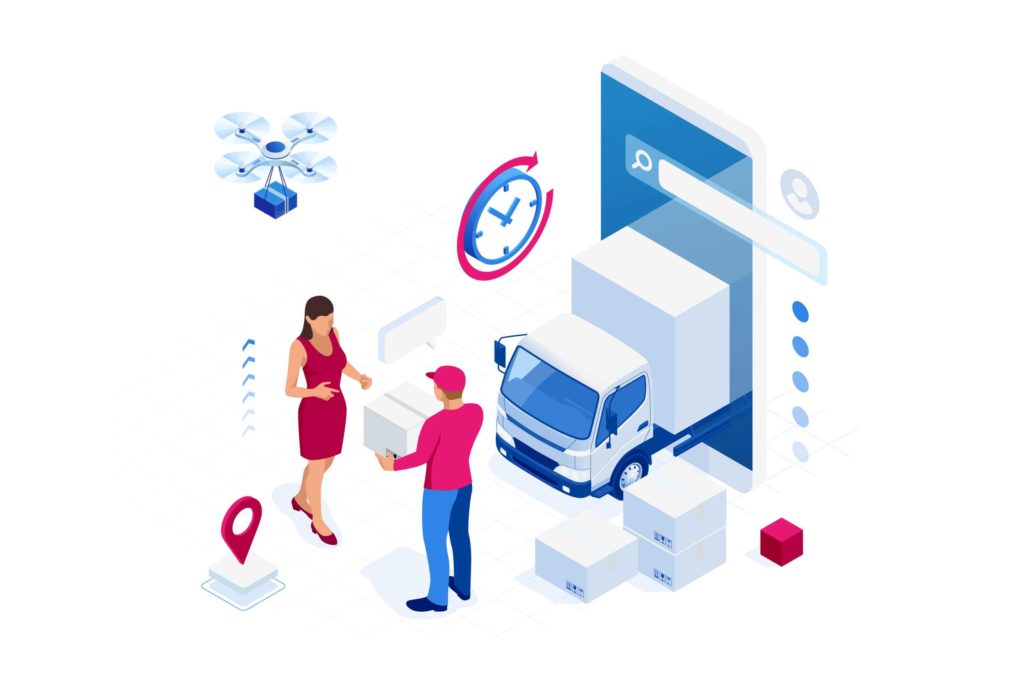
When you place an order on any eCommerce platform, the product reaches your doorstep from the manufacturing plant in three different phases.
- First Mile Delivery- Finished products are stored at single or multiple warehouses from the respective manufacturing plant.
- Middle Mile Delivery- As you place the order, details are received by the store manager at the warehouse, and the product is dispatched to a distribution centre near you.
- Last-Mile Delivery- Products are sorted according to the order details at the distribution centre and allotted to the delivery personnel or fleet of shipments that take it to third-party delivery providers.
The last-mile delivery system ensures that the product reaches a consumer’s doorstep without having to visit a store. However, many last-mile delivery solutions offer consumers a choice between doorstep delivery and pick up from a location.
But, if you are still wondering why is the last-mile delivery approach so important for your business, here are some reasons to consider!
Why Last-Mile Delivery?
Need For Speed
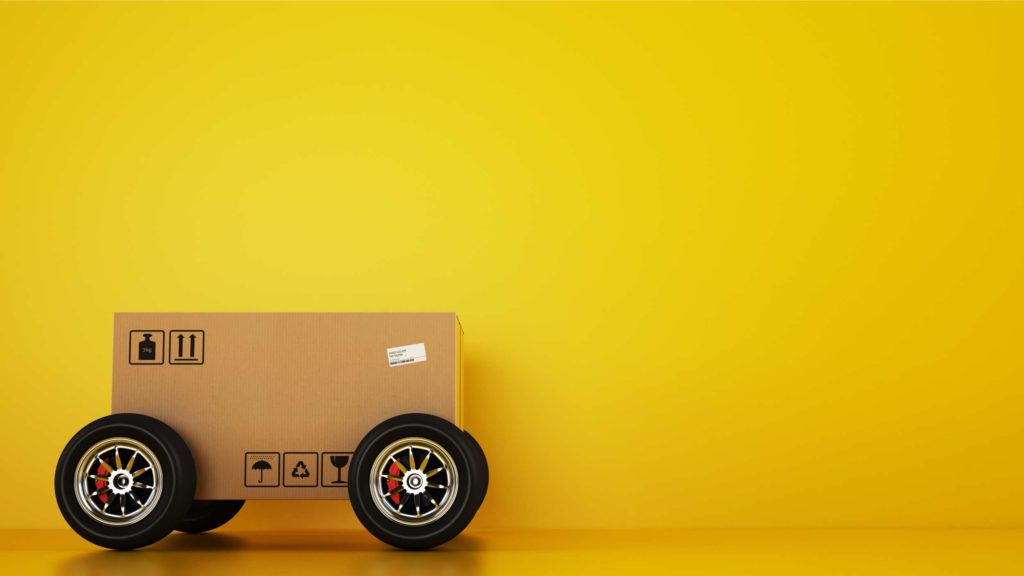
Delivery speeds are a big concern for many eCommerce businesses, and with 41% of consumers willing to pay more for same-day delivery, the stakes are high! Last-mile delivery solutions help achieve better delivery speeds. As the entire system is designed to cater to faster deliveries, eCommerce businesses need to have a reliable logistic chain.
Tracking Preference
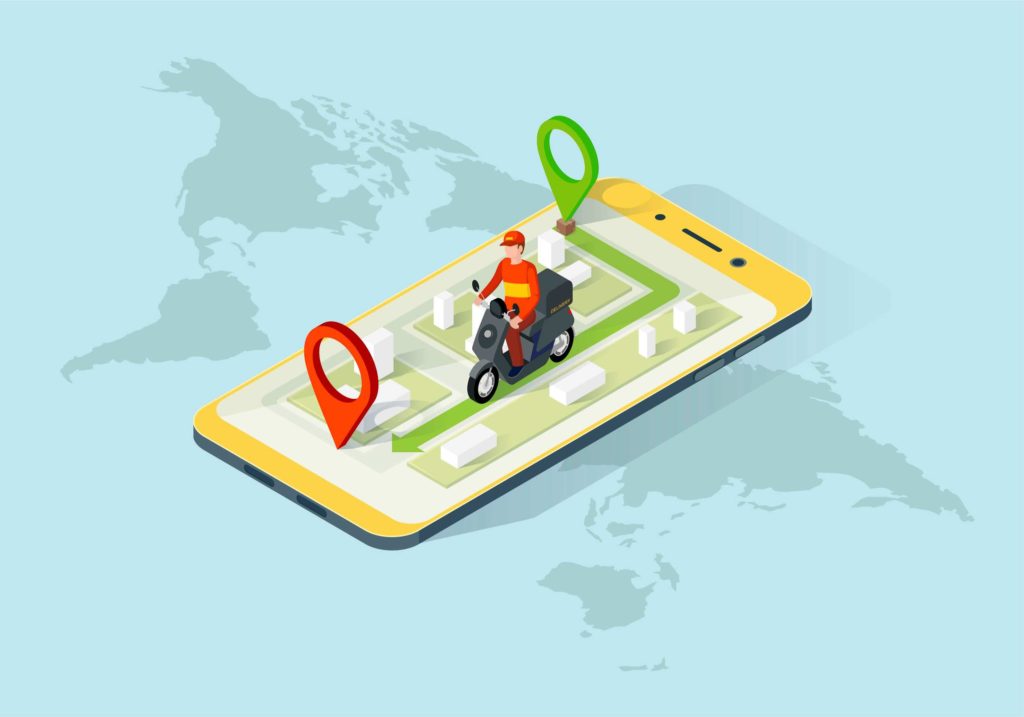
Consumers expect efficient delivery tracking from eCommerce businesses. According to a report, 85% of consumers will choose a retailer that offers last-mile delivery tracking throughout the process. The last-mile approach of tracking the delivery process is straightforward, however, you will need software or an app to provide such features.
Logistic Value Chain

A logistic value chain is the amount of value your supply chain offers to customers right from the manufacturing of the product to final delivery. If you look at the entire process, the first-mile and middle-mile delivery act as a backend.
At the same time, last-mile delivery acts as the front-facing part of the business that interacts directly with consumers. So, the last-mile delivery phase is one of the most valuable aspects of any logistics value chain.
Now that we know what last-mile delivery is and why you need it, let’s explore some of the latest trends in the last-mile delivery approach.
Trends in Last-Mile Delivery
Real-Time Notifications
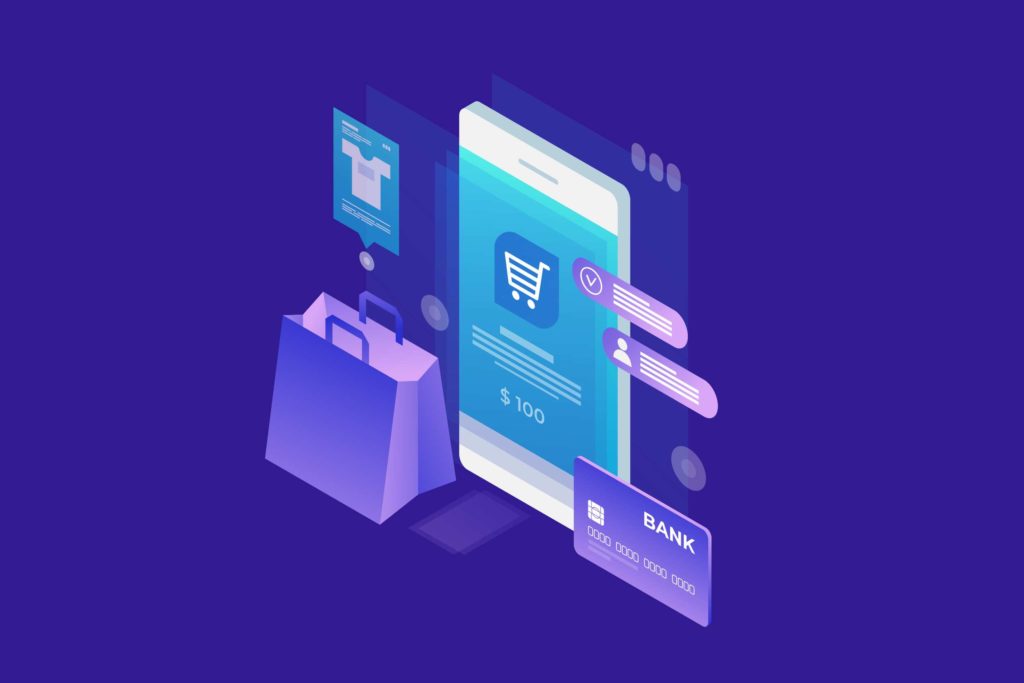
With the advent of technologies like the Internet of Things(IoT), and Bluetooth Low Energy(BLE), the logistics landscape is getting smarter. BLE is a proximity-based technology that allows users to get real-time alerts regarding their product delivery. IoT is another intelligent technology that helps with remote access to transport vehicles and offers accurate last-mile delivery tracking to consumers.
Voice Instructions
Last-mile delivery software and apps are now offering features like voice instructions. It allows users to record real-time instructions for delivery personnel about any location-related issues or even asking them to leave the parcel with neighbours.
The recent pandemic has pushed last-mile delivery software to offer users more options between in-person delivery and leave-at-the-doorstep delivery.
Insourcing Shipments
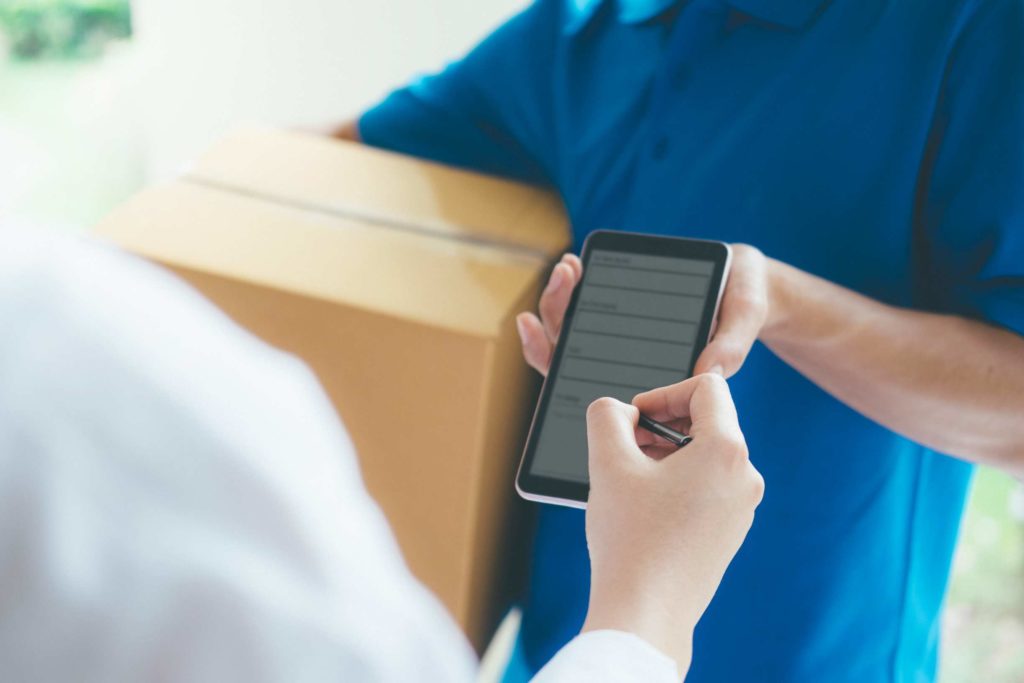
Outsourcing your shipments to 3PL or third-party logistics services makes sense due to low costing, but as the last-mile demand rises, insourcing becomes quintessential. The best practice can be a merger of 3PL and an in-house last-mile delivery system.
For example, Amazon has its in-house fleet of last-mile delivery systems with Amazon Prime Air and others. At the same time, it partners with individual service providers and 3PL services through Amazon Flex.
Automation
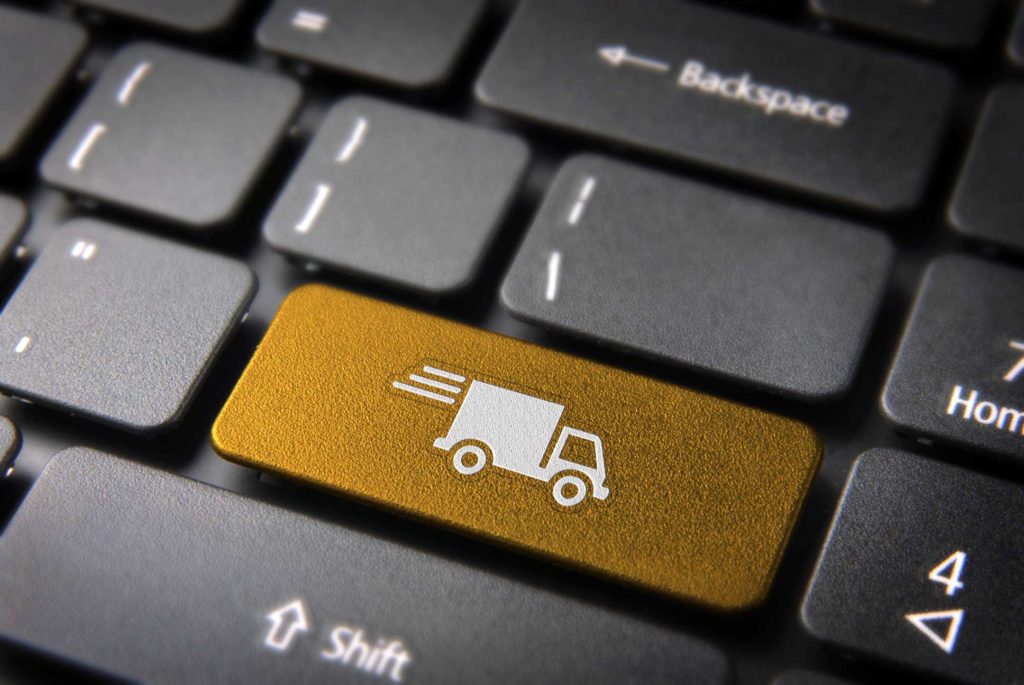
One of the most significant trends in last-mile delivery is automation. Automated vehicles(AV) or EVs(Electrical Vehicles) are a more practical option for last-mile delivery due to their speed and fuel efficiency. Take an example of Amazon Prime Air’s drone fleet that got approval from the FAA(Federal Aviation Administration) in 2020 for flying deliveries and shipments.
Knowing the trends and executing them are different things, and here are the challenges you will face with this approach.
Challenges of Last-mile Delivery
Faster & Efficient Deliveries
When it comes to being fast and efficient, last-mile delivery needs smarter solutions. For example, if you consider an eCommerce platform delivering goods in a busy metropolitan like New York, there may be several stops along the route. Apart from stoppages, the issue of traffic in peak hour remains a challenge.
Solution-
Here, a smart last-mile delivery solution can help your eCommerce business optimise routes and break down shipments into smaller individual deliveries. It will make your deliveries faster and more efficient.
Problem of Visibility
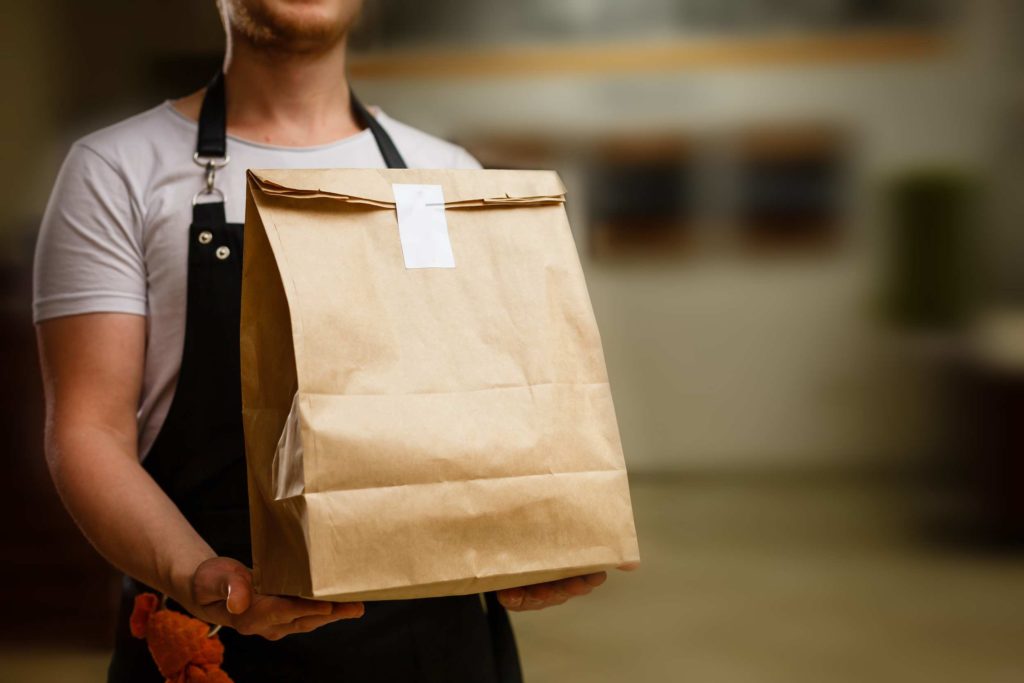
Being visible throughout the delivery process is one of the most significant problems with eCommerce businesses. A simple last-mile delivery tracking link is not enough, and customers want to track every delivery process movement.
Solution-
A last-mile delivery software with smarter features can help you provide a comprehensive tracking option to your consumers. Not just the live movement of delivery shipment, but consumers can also track estimated time, and distance and have an option to call the delivery personnel.
Fleet Management
Managing your shipments and fleet is not easy, especially if you have an eCommerce business spread worldwide. Besides your in-house delivery services, you will need third-party delivery providers, crowd-sourced drivers, and independent service providers. Managing such heterogeneous services and personnel can be a massive challenge.
Solution-
But, with cloud-based last-mile delivery software, fleet management can be more manageable. Due to cloud-based technology, collaborative management across different locations becomes efficient. It also helps with tracking and monitoring shipments for better accuracy.
Cost Management
Costing can be a big issue if you take a micro-management approach like breaking down deliveries into smaller individual shipments. Especially, same-day deliveries or one-hour deliveries can be a massive strain on your workforce and budget.
Apart from the cost of micro-management, there are other expenses like packaging cost, cost of building warehouses or distribution centres, licensing cost, driver’s training, and certification costs.
These costs are operational expenses which are coupled with the technical costs of building a digital eCommerce platform. With digitisation, there are costs of tech-stack, IT infrastructure, POS(Point of Sale) devices, and many others.
Solution-
A smart last-mile delivery solution can help reduce the cost of operation by improving the accuracy of each delivery. So, the expenses around fuel and delays are deduced beforehand. Also, these solutions help reduce IT infrastructure spending through practical tools and optimisations.
The last-mile delivery approach has several challenges, but smart solutions like Tookan help with automated features and tools. Let’s discuss how Tookan helps with last-mile delivery!
Tookan for Last-mile delivery

Tookan | Enterprise Delivery Management System | JungleWorks
Tookan is a smart last-mile delivery solution that helps with the automation of delivery management. It removes the need for third-party aggregators for delivery management and reduces the cost of operation. But, most significantly, it helps deal with the challenges of last-mile delivery.
For example, Tookan helps automate the allocation of delivery to the individual delivery personnel with route optimisations and accuracy of the location. So, last-mile delivery is faster and efficient. Apart from these features, it helps with last-mile delivery tracking of the shipment to offer a rich user experience.
Conclusion
Ecommerce last-mile delivery trends are shifting towards technological advancements, but with such innovation comes the high cost of integrations. Apart from the challenge of integrating innovative technology, last-mile delivery tracking is another aspect that needs more practical solutions.
While avoiding the last-mile delivery for your eCommerce platform is not an option, you will need a smarter last-mile delivery system. So, if you are looking to enhance your eCommerce business with a last-mile delivery approach, Tookan can be the right solution for you.
Also read: Ecommerce Returns – The Last Mile Problem and How to Solve It
Subscribe to stay ahead with the latest updates and entrepreneurial insights!

Subscribe to our newsletter
Get access to the latest industry & product insights.





















